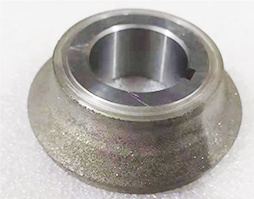Key points for using diamond grinding wheels
Category: Industry News
Oct 13,2021
In gear processing, honing is traditionally considered a surface finishing method for hard tooth surface gears, mainly used to improve the surface finish of the teeth. However, in recent years, in industrially developed countries such as Switzerland and Germany, due to the adoption of high-precision gears.Diamond grinding wheelThe shaping of honing wheels has greatly improved honing precision, making the honing process widely used in the finishing process of hard tooth surface gears.
The gear diamond grinding wheel is a high-precision dressing tool made by coating a layer of diamond particles on the tooth surface of a gear-shaped steel substrate. It can be used for dressing grinding tools such as grinding wheels and honing wheels. The diamond wheel is one of various ultra-hard dressing wheels with high precision and complex profiles, and its manufacturing errors are amplified onto the workpiece after secondary processing. The shaping method of the honing wheel inside the gear diamond shaping roller is exactly the same as that for processing the workpiece, only replacing the workpiece with a shaping roller while dressing both the tooth surface and root of the honing wheel. The dressing time is the same as that for honing workpieces. The rotation speed of the honing wheel is lower than that of processing speed, with each dressing amount being 0.01 to 0.05 millimeters. After dressing, the honing wheel can achieve better precision and self-sharpening.

The diamond wheel dressing uses grinding methods for shaping, while diamond pen dressing uses turning methods for shaping; therefore, the former has greater dressing force than the latter, requiring sufficient torque from the motor. The power of edge trimming motors is calculated at 15 to 30w/mm width, with a motor power of 1KW. Considering specific motor structure and machining parts width (65 mm), a motor power selection of 1.5kW is made.
The emergence of diamond wheels provides conditions for profile grinding and profile sharpening. By installing driving devices on grinding machines and using complex profiles with high-precision diamond wheels, efficiency can be improved while processing complex and precise parts accurately. Therefore, roller technology not only applies to cutting-edge fields such as aerospace but also has extensive application value in ordinary civilian production. Due to their advantages such as high precision, strong dressing capability, and long service life, rollers are also very useful in sharpening ultra-hard abrasive grinding wheels, providing conditions for their application in profile grinding.
Profile grinding is a high-precision and low-cost finishing method that shapes grinding wheels into forms consistent with workpiece profiles; it replicates this profile when there is sufficient contact between the wheel and workpiece. In profile grinding, different circumferential speeds at various points on the wheel lead to varying material removal rates at those points resulting in uneven wear on the wheel—especially at sharp corners where breakage can easily occur causing shape errors. Since part forming shapes replicate those of grinding wheels directly affecting machining accuracy uneven residual material will also lead to defects during processing.Diamond grinding wheel's dressing has a decisive impact on profile grinding processes.
Related Articles
Aug 16,2021
Mar 18,2022
Aug 16,2021
Aug 16,2021
Aug 27,2021
Aug 27,2021







